For buildings of all kinds—a cutting-edge medical center, a new elementary school, a massive warehouse, or a downtown skyscraper—the exterior cladding carries far more importance than you might initially think. After all, it contributes substantially to the first impression about your project (and your brand) formed by visitors and passersby.
As a designer or contractor, what do you want people to remember?
It can be hugely overwhelming to look at the vast expanse of options available for such projects, especially since your design undoubtedly seeks to maximize ROI. For sophistication, modernity, timelessness, ease of installation and long-term care, one solution to consider on the list are solid metal wall panels.
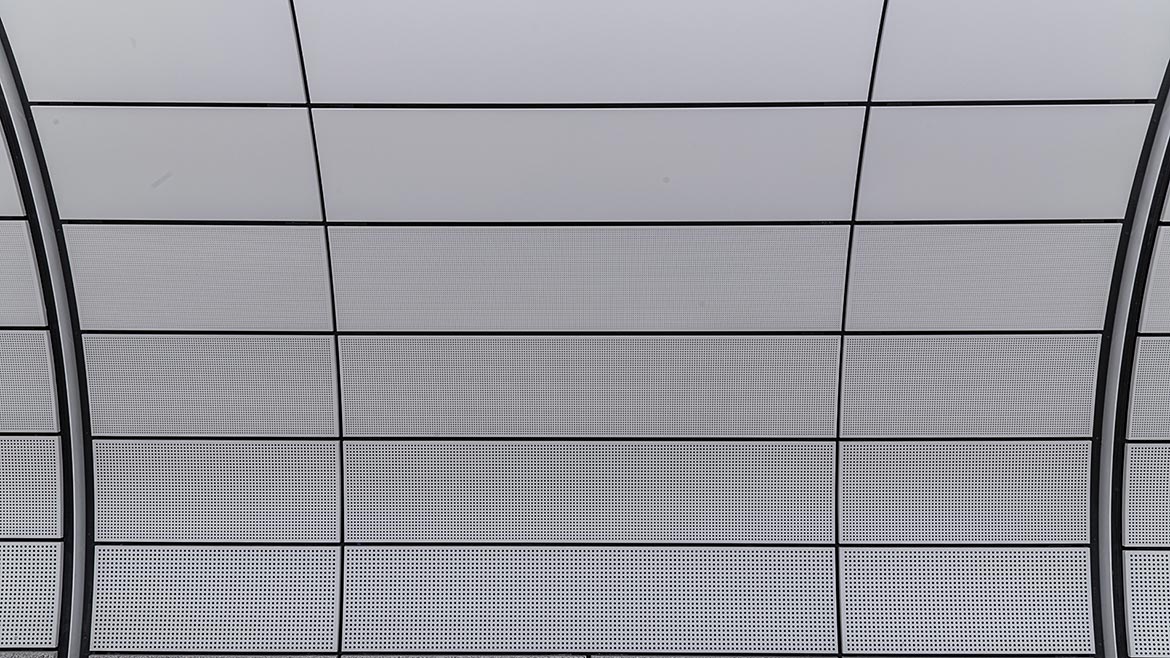
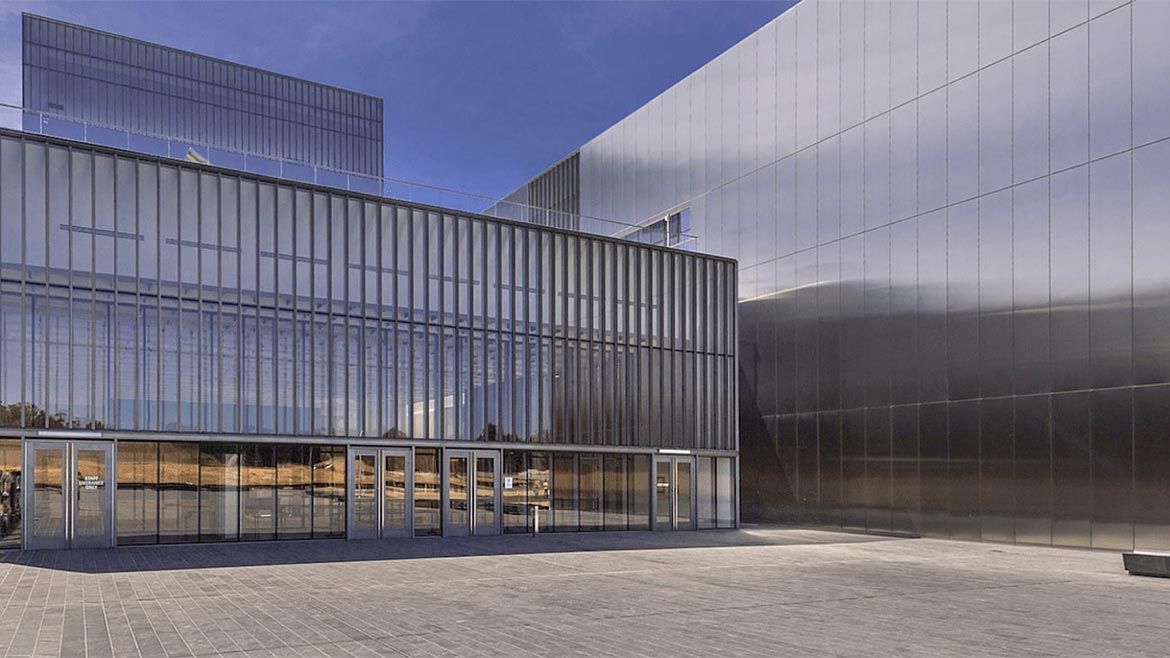
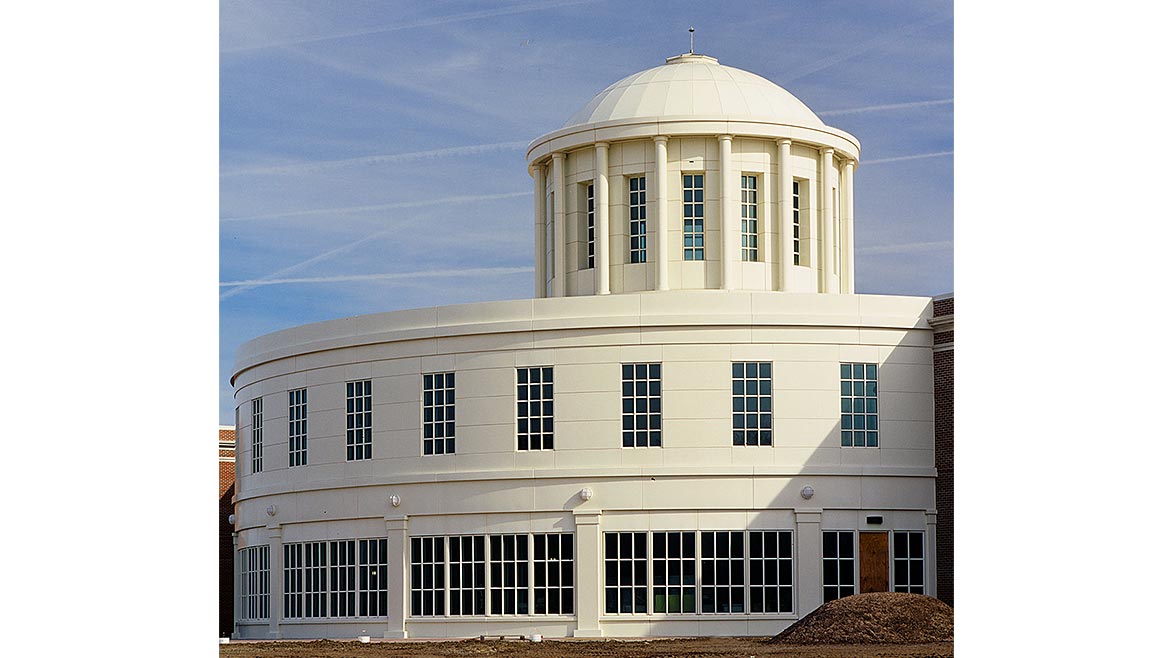
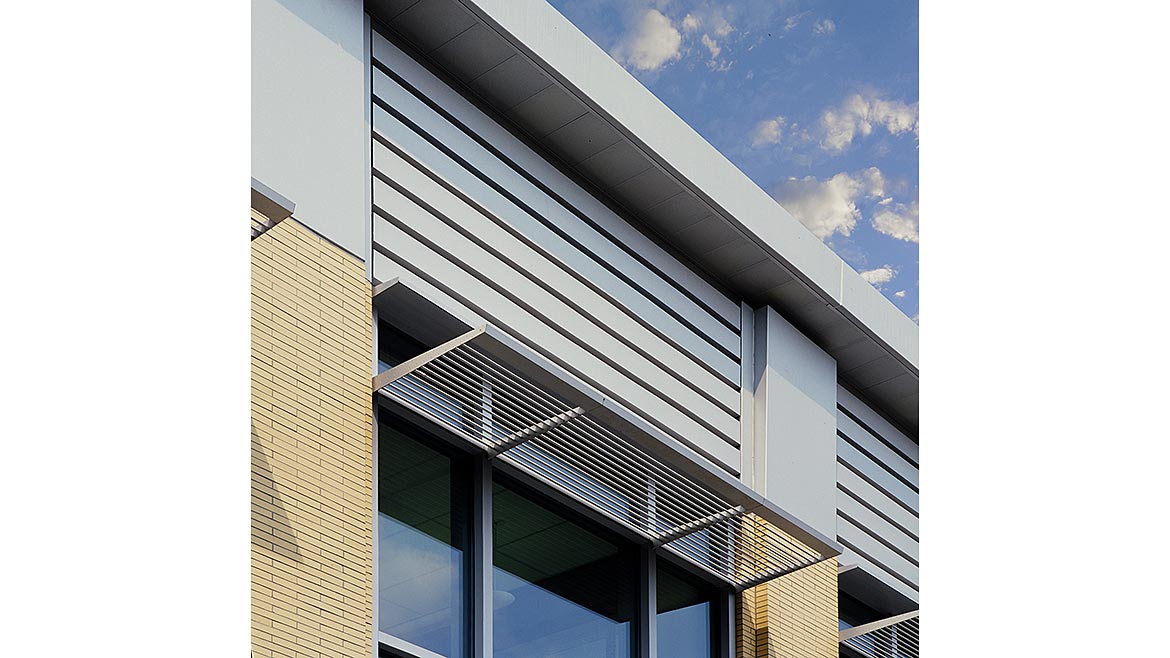
Safety Considerations
Since the tragic 2017 Grenfell Tower fire in Europe, the safety of the materials used for exterior cladding has become an even bigger priority.
Solid metal plates are not fused with foam cores or plastics, which guard against delamination concerns. In the event of a building fire, solid metal plate is highly flame resistant. This helps render NFPA 285 testing protocols inapplicable.
When specified in aluminum, solid metal plates have a melting point north of 1,200 degrees Fahrenheit.
Sustainability Credentials
Should designers seek to redesign a façade and solid metal plate needs to be recycled, it has significant value as scrap. Some other metal panel options do not have the same life-cycle ROI. They often end up in a landfill because of the high cost of separating metal from the plastic backing.
Though metal is often thought of as having a heavy manufacturing footprint, that is not necessarily true. The more eco-conscious producers of solid metal plate can return more than 95 percent of the waste generated during the manufacturing process back into the material stream for recycling. In the end, virtually no materials are sent to landfills.
Once installed on a project, solid metal plates enhance the design and can improve the energy efficiency and thermal performance of older buildings. This is enhanced when accompanied with optional noncombustible mineral fiber insulation and/or prepared with durable, heat-reflective “cool coatings”.
Definitive Durability
Solid metal plate panels make ideal cladding materials thanks to their robust thickness and rigid strength. Starting at thicknesses of at least 1/8 inch thick and up, the panels have a far lower risk of “oil canning,” which is a common visual phenomenon of panels made from thinner sheet metal, often making the metal look wavy or distorted.
Strong flatness is a hallmark of quality metal plate paneling, which ensures that the building’s look and aesthetic are not compromised by panel warpage or other deformities. Solid metal cladding cannot absorb water and is produced from corrosion-resistant, non-ferrous metals. All of this culminates in a timeless look that can withstand Mother Nature’s wrath over the long haul.
In addition, façades comprised of these panels almost always utilize clever rainscreen technology that blocks water intrusion. Specially engineered weeps and angles allow for adequate water egress where necessary. This is thanks to specialized design and installation methods that are specifically engineered to shed water away from a building.
Plainly put, in any setting, solid metal plate stands up to damage and environmental degradation.
Looks & Versatility
Along with verifiable credentials in performance and durability, solid metal panels deliver something else highly desirable for the buildings’ façade: A clean, refined appearance. Metal panels offer one of the most elegant, modern looks available. Textures, patterns, and color options are seemingly endless, fostering creative, cutting-edge impressions that last.
Imaginative architects can easily leverage metal plate’s high strength and resiliency to deliver stunning exterior impressions that are affordable. Forms can vary from dead flat to bold, angular or curvilinear looks that highlight texture, movement and rhythm.
The plates can be seamlessly integrated with multiple products, as well. Perforated screen wall panels, column covers and sunshades or trellises can often be provided by a single source and subsequently post-finished by some manufacturers.
A Good Choice
Sourcing solid metal panels for buildings in nearly every market sector opens the options box for designers and architects. The result is a high-performance, versatile, energy-efficient, modern look that catches the eye and contributes to a healthy, safe building for the long term.
Regardless of the fit or finish specified, when it comes to designing the building envelope, solid metal plate deserves consideration.
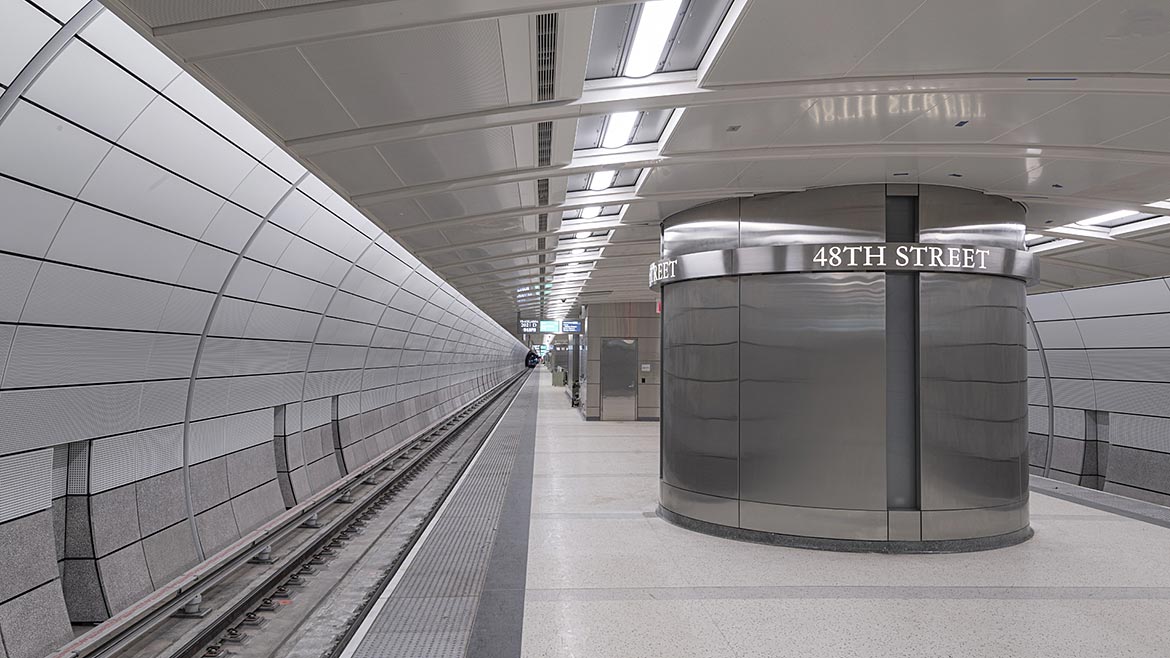


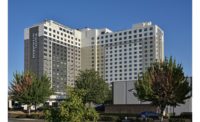
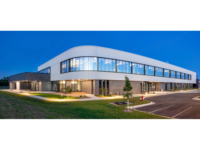
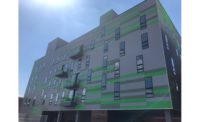
Report Abusive Comment